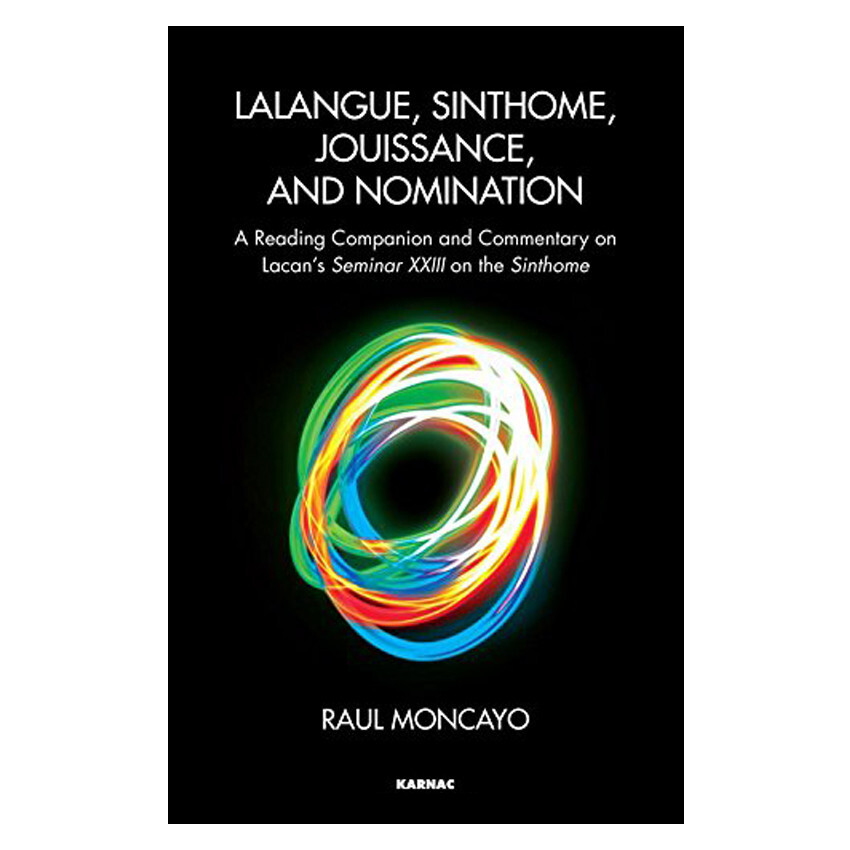 Lacan’s Seminar XXIII on the Sinthome represents the culmination of a Seminar that spanned over two decades and represents an evolution of his thought where previous concepts are not abandoned but rather recontextualized within the context of new theory. As the topological knot of three represents the first theory presided by the Symbolic, the knot of four represents the final theory presided by the Real and a new conception of the symptom. Until recently Seminar XXIII was only available in English thanks to Cormac Gallagher unofficial translation, but now the official translation has been published as well as Raul Moncayo’s commentary on the same.
Lacan’s Seminar XXIII on the Sinthome represents the culmination of a Seminar that spanned over two decades and represents an evolution of his thought where previous concepts are not abandoned but rather recontextualized within the context of new theory. As the topological knot of three represents the first theory presided by the Symbolic, the knot of four represents the final theory presided by the Real and a new conception of the symptom. Until recently Seminar XXIII was only available in English thanks to Cormac Gallagher unofficial translation, but now the official translation has been published as well as Raul Moncayo’s commentary on the same.
Raul Moncayo is supervising analyst, founding member, and faculty of the San Francisco Bay Area Lacanian School of Psychoanalysis (LSP). He has a private practice of psychoanalysis, psychotherapy, supervision, and consultation. Dr. Moncayo has published five books and many papers in professional journals and has over thirty years of clinical experience including being training director for many years of a large psychiatric clinic in San Francisco and being faculty at many universities both locally and internationally. His latest work, Lalangue, Sinthome, Jouissance, and Nomination: A Reading Companion and Commentary on Lacan’s Seminar XXIII on the Sinthome, is published by Karnac.
Dany Nobus is Professor of Psychoanalytic Psychology at Brunel University London, where he also convenes the MA Programme in Psychoanalysis and Contemporary Society. In addition, he is the Chair of the Freud Museum London, and the author of numerous publications on the history, theory and practice of psychoanalysis. In April 2017, he will be presented with the Sarton medal of the University of Ghent for his contributions to the history and theory of psychoanalysis, and this will coincide with the publication of a new book entitled The Law of Desire: On Lacan’s “Kant with Sade”.



